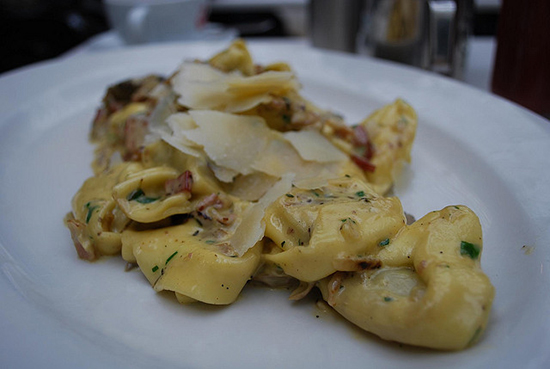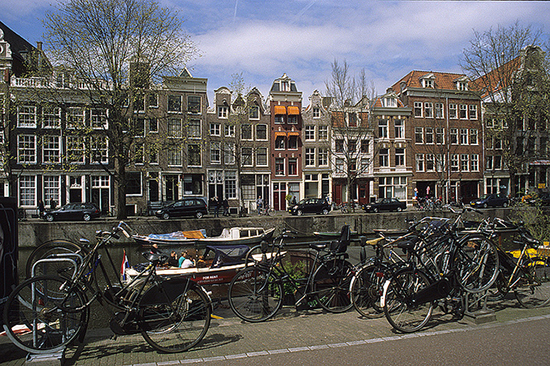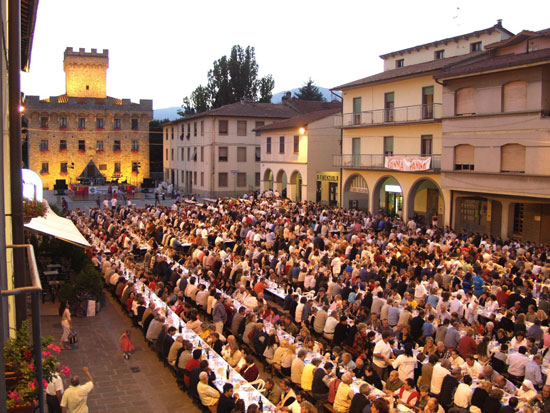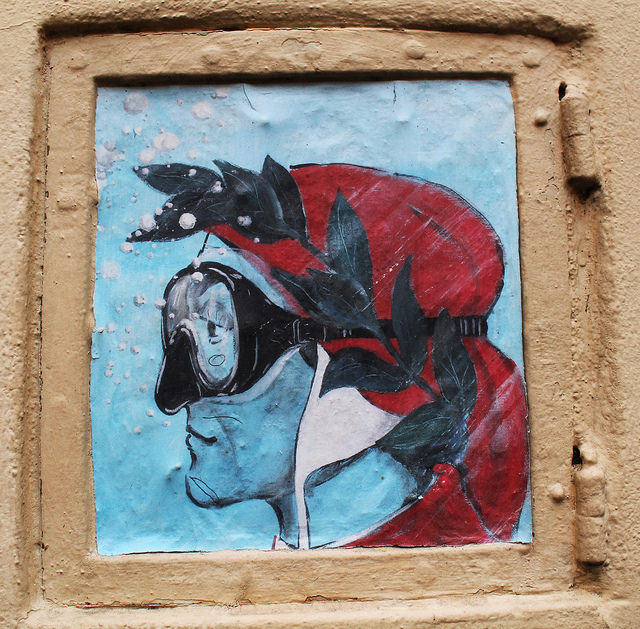Bologna, the European Capital of Culture, hosts a large number of Erasmus students each year which makes it a rich and attractive destination in northern Italy. It is a walled city and has been for a long time, in contrast with the partying without borders that is typical among university students there. Bologna is an example of how traditions (architectural and gastronomic) and newer developments (large exhibitions and renowned cultural events) can coexist.

The city of Bologna has three different nicknames. One is “the learned one”, or La Dotta (in Italian), because one of the oldest and most important universities of Italy and Europe is located there. “The fat one”, or La Grassa, is another due its well-known rich culinary traditions and the dishes. And thirdly, Bologna is also known as “the red one”, or La Rossa, which refers to the color of the roofs that have been red since the Middle Ages. And they don’t only eat pasta Bolognese in this city. It has a bit of everything, and has now become one of the most popular tourist destinations in Italy. Many Europeans generally spend a weekend or some days to get to know the city’s many sides.
To begin, I recommend visiting the city center. Right at Kilometer Zero you’ll find the Two Towers of Bologna, Garisenda and Asinelli. The former is smaller and was the first to be built. And although it soon measured around 60 meters over the years, it had to be reduced due to safety concerns. The latter, Asinelli, was built later because the first (Garisenda) was becoming increasingly slanted. It´s like a small version of the Tower of Pisa. The second tower was once used as a watchtower and prison. Now one of the city’s main tourist attractions, it measures exactly 98 meters high. It´s funny because you can climb the tower Asinelli, but it’s only recommended for students if you have already graduated. Legend has it that whoever climbs to the top before finishing his or her studies will never graduate. You can view this as a superstition or curse.
It is also great to wander around the Jewish Quarter of Bologna and get lost in the Ghetto, which is located between Via Zamboni and Via Oberdam. It’s easy to find because it contrasts so sharply with the rest of the city. Its dozens of narrow alleyways and dead ends break the harmony that you will have experienced up until then.
And to keep your strength up, I recommend a gastronomic tour of the city. You shouldn´t miss the opportunity to sample the famous Bolognese sauce which is made of ground beef, onions, spices and tomato sauce. In some places additional ingredients such as bell peppers, garlic, wine and carrots are added.
The bicycle is the quintessential mode of public transportation in the city of Bologna. Traveling by bike reduces the vehicle traffic and emissions. Since it’s a university city, most people travel by bicycle or motorbike, usually scooters. It´s fairly easy to park, since most places offer this type of parking. In fact, there are now even four bike routes (green, blue, red and yellow) that have been marked in the old part of the city.

 English
English Español
Español


